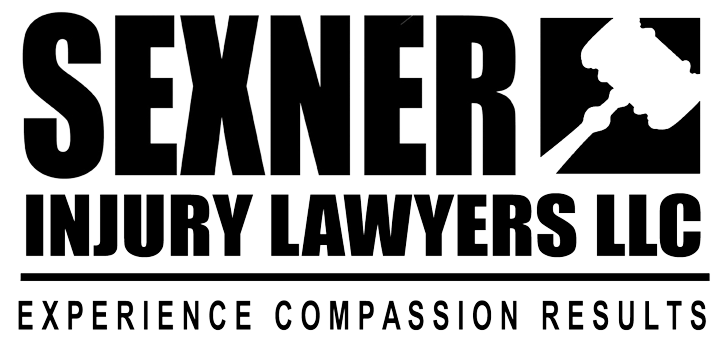Man Gets Hit While Driving - $100,000 Settlement
While driving his car in a suburb of Chicago, our client was involved in a serious accident when another driver cut across a major street without stopping for a light. He was transported to the emergency room for multiple injuries including bone breaks that required internal fixation with plates/screws. Multiple surgeries resulted. Although the other party had low insurance policy limits, we secured the absolute maximum available settlement of $100,000 on this case for our injured client.
Internal vs External Fixation of Broken Bones
Sometimes, a bone is broken cleanly and can be supported and stabilized from outside the body until it gains enough strength to support the weight of the body and move properly. In many cases, a cast or a splint will do well to help heal such a break. Other times, a more severe break may require external fixation, which is a method that can help hold together fractured bone fragments by the use if pins placed through the skin and a compression device. Once the bone has healed fully, the pins are then removed.
But in other applications, a surgeon may decide that the better course of action is to stabilize the broken bone through the use of internal fixation, as in our client case described above. Using this method, the fractured bone fragments are reduced (repositioned) into their normal orientation, then they are held in place with specialized implants (generally made of titanium or stainless steel) such as wires, screws, plates and nails. In cases when a joint cannot be repaired, but needs to be replaced, such implants are usually made of chrome or cobalt and seldom cause an allergic reaction from the body because they are designed to be compatible.
Types of Internal Fixation Devices
Screws: Although not much different than a typical household screw in appearance, these medical grade implants are manufactured to be much stronger and precise for their particular medical applications. Screws are the most commonly used method of internal fixation, come in different sizes depending on the bone in question, and come in different designs depending upon how they are intended to be used. Some types of bone screws include cortical, cancellous, pedicle, cannulated and malleolar.
Plates: Just like an external splint, a plate acts as an internal splint for the bone to hold the fractured pieces together while it heals. They are attached through the use of screws and may be removed after healing or left in place permanently.
Rods & Nails: Sometimes, screws and plates are not suitable for the particular break that occurred. In these other circumstances usually involving long bones, the surgeon may decide to insert a nail or a rod through the center of the bone which generally contains marrow but is basically hollow. Especially for thighbone (femur) and shinbone (tibia) fractures, this is a common method and may or may not be removed once healed.
Pins & Wires: When pieces of bone are too small to use a screw or plate, pins and wires are often used, sometimes in conjunction with some method of external fixation.
Whether from an automobile crash or from any other type of accident, injuries that require internal fixation are always invasive and serious. Speak to an experienced member of the legal team at Sexner Injury Lawyers LLC 24 hours a day at (312) 243-9922.

